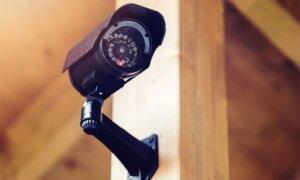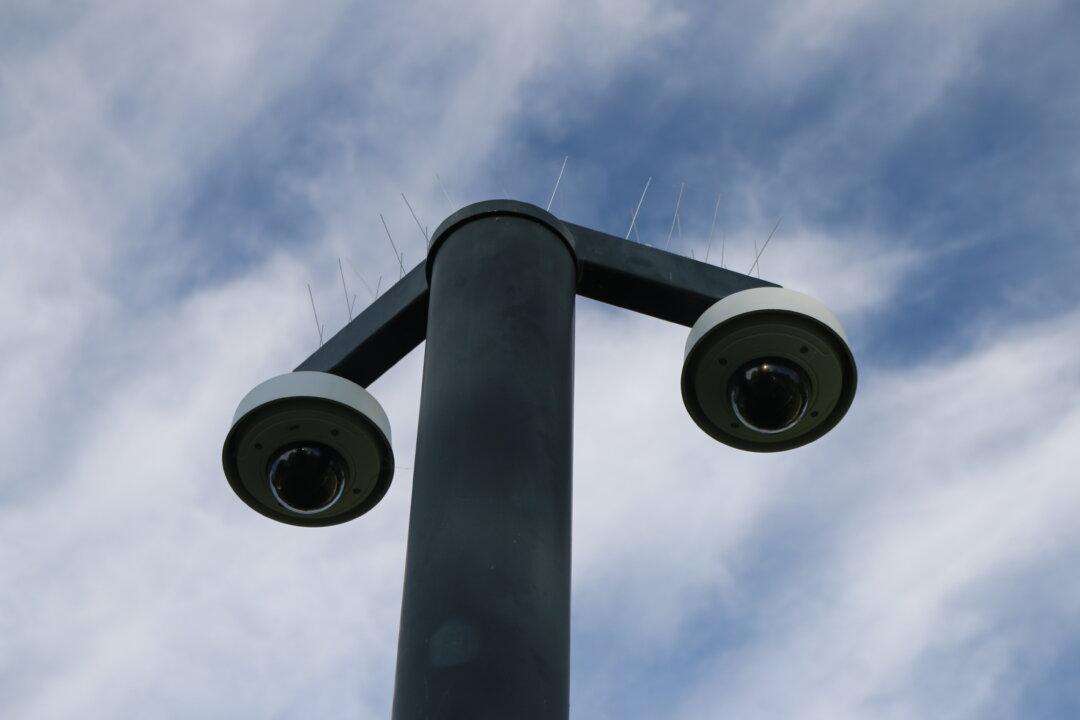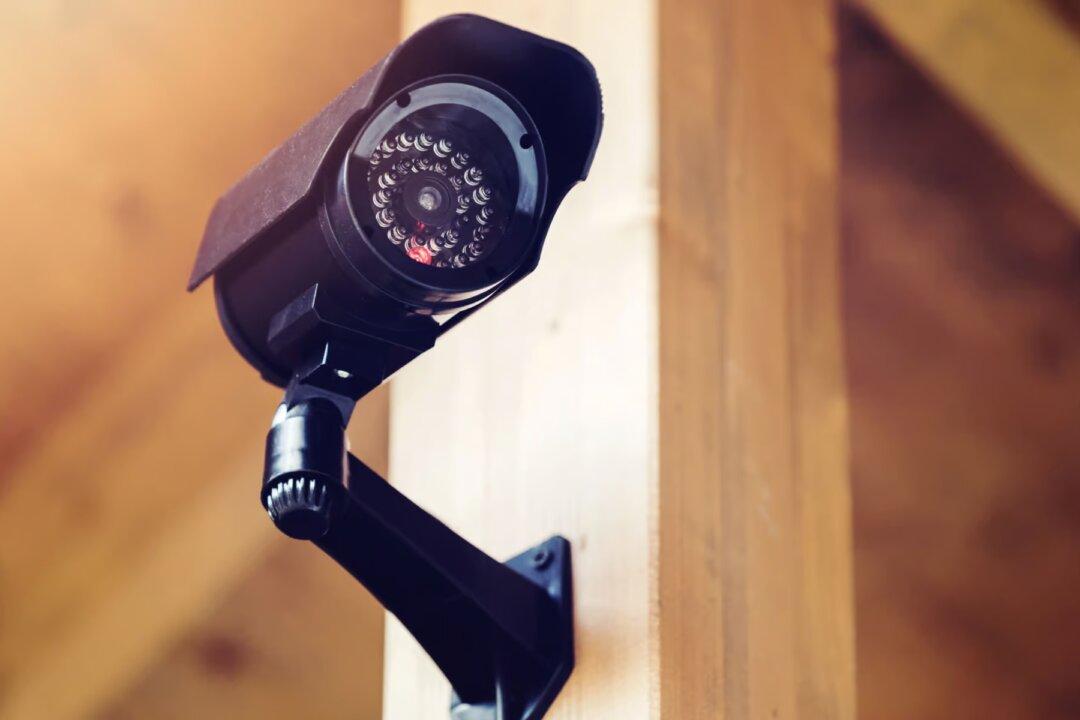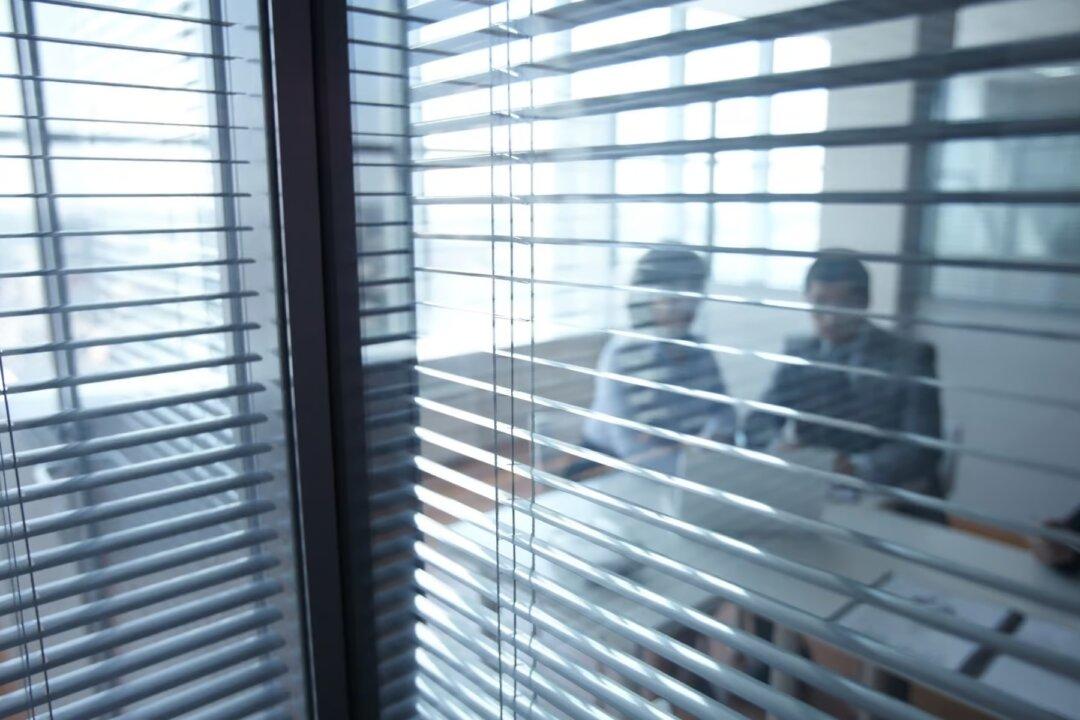Commentary
If you ever had the vague sense that COVID relief funding worked in a manner akin to U.S. aid packages in failed Middle Eastern dictatorships, your instincts weren’t wrong.
First off, there were cases of just outright
fraud nearing the $200 billion mark with drug gangs and racketeers collecting COVID unemployment benefits from the U.S. government, with some recipient fraudsters not even having the common decency of being honest American fraudsters.
Even worse, though, were some legitimate uses of COVID funds that actually counted as legitimate despite being laughably frivolous or clearly unrelated to nominal goals connected to public health or helping communities deal with the economic impact of the virus—or, more accurately, the lockdowns.
One of the most should-be-satirical-but-actually-real examples of a legitimate use of COVID cash was a researcher at North Dakota State University being
awarded $300,000 by the National Science Foundation through a grant funded at least in part through the American Rescue Plan Act of 2021 to aid her in her 2023 efforts to reimagine grading in the name of equity. (If none of that makes sense, please don’t hurt yourself with mental pirouettes.)
Other more mundane projects pertained to prisons and law enforcement using COVID relief money for purposes that extended well-beyond simply paying salaries or keeping the lights on. In 2022
The Appeal and
The Marshall Project reported on how large sums of COVID money went to prison construction and expansion projects and to outfit police departments with new weaponry, vehicles, and canines. Regardless of how you feel about law enforcement or our prison system, these probably did little to stop the spread of COVID or keep out-of-work bartenders afloat while public health bureaucrats consulted horoscopes or goat entrails or their equally useful models to divine the proper time to let businesses reopen safely at half-capacity to diners willing to wear a mask between bites but too afraid to leave their homes.
Yet, of course, that didn’t stop people from trying to make the case that these expenditures absolutely were essential to slowing the spread. Often coming off like precocious children explaining to their parents how a new puppy would help teach them responsibility or an overpriced pair of sneakers would facilitate their social-emotional development by ensuring the cool kids would like them, local sheriffs and city managers were reported as claiming prison expansions could help prisoners social distance from each other, new tasers would help officers social distance from suspects, and new vehicles would allow officers to take their cars home with them rather than share one with another officer who might end up contaminating it with their COVID cooties.
But even worse than the funds that were outright plundered or just snatched up as part of a cash grab were those that were used on projects that helped further erode the freedoms of American citizens.
As
documented in a 2023 report from the Electronic Privacy Information Center, more than
seventy local governments used ARPA funds to expand surveillance programs in their communities, purchasing or licensing gunshot detection systems, automatic license plate readers, drones, social media monitoring tools, and equipment to hack smartphones and other connected devices.
Sometimes EPIC reported that this was done with little, if any, public debate over the civil liberties and privacy concerns inherent to these tools. In one
case from a town in Ohio, approval for ARPA-funded ALPRs—cameras that can create a searchable, time-stamped history for the movements of passing vehicles—came after only a 12-minute presentation by their police chief.
Similarly, schools also likely used money from ARPA, as well as the 2020 Coronavirus Aid, Relief, and Economic Security Act, for their own surveillance purposes, although documentation of how schools used their COVID money is said to be somewhat spotty at best.
Vice News in 2021
reported how Ed Tech and surveillance vendors such as
Motorola Solutions,
Verkada, and
SchoolPass marketed their products as tools to help reduce the spread of COVID and allow schools to reopen safely.
Some attempts such as Vice’s description of SchoolPass presenting ALPRs as a means to assist with social distancing come off like police departments explaining the social distancing benefits of tasers.
Others, however, such as Motorola plying schools with lists of behavioral analysis programs that “monitor social distancing violations” and room occupancy while “automat[ing] the detection of students who are not wearing face masks,” seem to offer a glimpse of the dystopian future into which we are heading—as do the other surveillance tools bought with COVID cash.
Maybe at some point
Disease X, about which our ruling class has been warning us, will hit and the additional drones, ALPRs, and social media monitoring tools bought by the law enforcement agencies reported on by EPIC will be used to monitor adults for social distancing violations and automatically detect who isn’t wearing a mask. Maybe those tools will just be used to keep a
digital notebook of the daily activities of everyone while police reassure us that they promise only to look at it when they really really need to.
In either case, though, if you currently have the vague sense that post-COVID America is a little more like a Chinese surveillance state than in the Before Times, your instincts are dead-on.
Views expressed in this article are opinions of the author and do not necessarily reflect the views of The Epoch Times.







